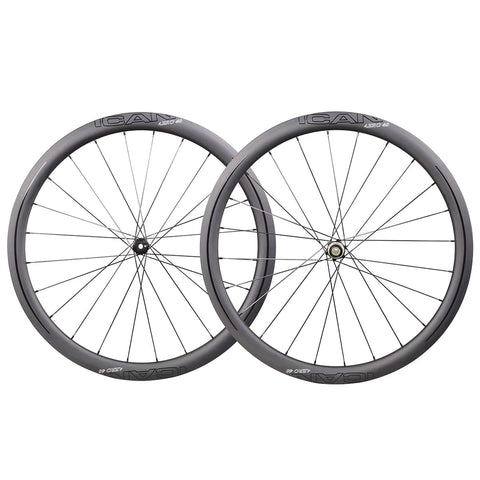In July, the world of cycling turns yellow. Do you know why? Those who are passionate about this sport will surely know why, while if you are not aware of it do not worry, we will explain it to you immediately and we will be very happy to do so. The month of July represents for the world of cycling that period of the year in which the Tour de France is staged, the most important cycling event in the world and the third at a sports and world level.
In fact, only the Olympics and the Soccer World Cup can boast a greater following than the French stage race. But what is a stage race above all? It is a competition that lasts for several days. In the case of the transalpine race, the race days are exactly 21. Only the Giro d'Italia and the Vuelta a Espana can boast such numbers.
If you are not an expert you are wondering: how do you choose a winner in 21 days? The question is more than legitimate and I will start by explaining that there is not just one winner but more than one. Yes, because the rankings with prizes up for grabs are 5. As a symbol of recognition of leadership in these rankings, we have the yellow jersey for the leader of the general classification: the one who, adding up the times of each fraction, has the shortest time.
The polka dot shirt for the best climber: the one who has passed several times on the top of a mountain in the first positions. The white jersey for the best youngster, that is for the under 25 boy who is better positioned in the general classification (the timed one) and finally we have the green jersey for the points classification. In fact, each stage at the finish assigns points that on the twenty-first day will decide a winner of the classification. The last of the five rankings is the team one which is calculated on the best four times at the arrival of the members of your team. The sum of their times will decide the best team at the finish line.
Obviously among all these rankings, the most coveted is the "GC" or the "General Classification" symbolized by the "Maillot Jaune" the "Yellow Jersey". The latter has become an icon of the cycling world and is known all over the world. The color of this shirt is due to the color of the printed paper of the newspaper that sponsored the event back in 1903 (date of the first edition). The same thing happens for the Giro d'Italia in which the symbol of primacy in the timed classification is the "Pink Jersey" or "The pink jersey. Pink for the color of the Gazzetta dello Sport, a sports newspaper printed on pink paper that organizes the event since its origins. Going back to talking about the fight for the conquest of the yellow jersey it is necessary to know that usually the winner is a climber or a runner who is very resistant in the stages with many climbs. The reason I think is very intuitive , the higher the difficulty of the road, the greater the gap between the athletes. This does not mean, however, that in every stage there are climbs, on the contrary.
Along the 21 days of racing, flat routes will alternate, suitable for sprint finishes, there will be individual time trials, internships with hilly routes suitable for finisseurs and then, of course, there are the mountain stages. Often the stage of these stages is the Alps with the various Col du Galib yesterday, Col d'Izoard, Alpe d’Huez, without forgetting the Pyrenees and the Massif Central.
On these climbs pages and pages of history have been written, the greatest battles between the strongest climbers in the world have taken place. Ah, obviously among the most iconic mountains of the Tour de France, the “Giant of Provence” or Mont Ventoux cannot be missing. Mount Ventoso is so named for the strong gusts that blow at the top and, in fact, if you look for photos on the internet you will find that the landscape is completely devoid of trees. At the top of this mountain there were the strongest gusts of wind in the world and the landscape is breathtaking. Many compare it to the moon for its pale color and in fact it looks a lot like it.

